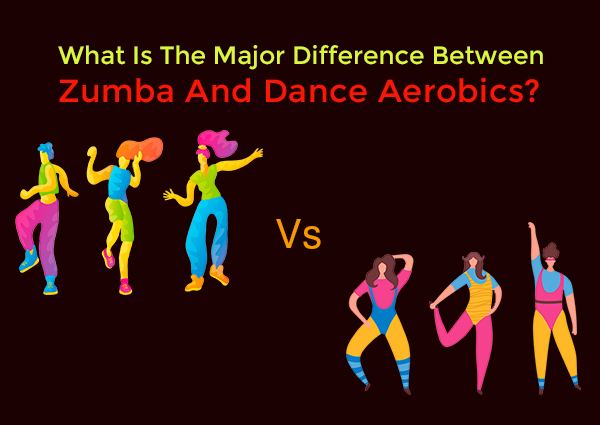What Is The Major Difference Between Zumba And Dance Aerobics
In the following, we’ll be discussing a vital topic that’s “What is the distinction between Zumba and dance aerobics?” and will discuss it in detail within the article. Dancing has been a part of every culture on Earth since the beginning of time, used for celebration, entertainment, and spiritual awareness. Dancing for exercise has been a part of mainstream Western culture for about half a century, and there are varied forms of dance for exercise taught by instructors around the world today. It is not unusual to see aerobic dance and Zumba, a type of dance to Latin music, offered in neighborhood gyms and community centers. Both have similarities but some differences for participants.
1. Dance Your Way To Fitness
The aerobic dance began in the early 1970s with the start of the disco era. Instructors like Jacki Sorensen would dance to well-liked tunes while leading groups of individuals for exercise. With a background in dance, Sorensen started teaching aerobic dance to a bunch of military wives in Puerto Rico, where she and her family were stationed, and she later expanded aerobic dance programs to YMCAs in the United States. A type of aerobic dance, Zumba began in the Nineteen Nineties when Beto Perez, a Colombian dancer and fitness teacher, forgot his aerobic exercise music tapes and had to actually improvise with his dance music for a fitness class or training. Get in touch with our team for the dance classes in Rohini
2. Plan Your Moves
Aerobic dance can include traditional dance movements, such as box steps or even line movements; however, dance aerobics can offer some non-traditional movements such as belly dancing, scarf dancing or hip-hop dance. Movements are choreographed in sync to music, which can include disco, techno, Motown, big band or Bollywood. Zumba consists of many choreographed Latin dance aerobic routines within a class. With the popular saying “ditch the workout, be a part of the party,” the class is geared for a fun and high energy workout while dancing to Latin music. Both offer the social aspects of group fitness and support as well as a motivated, certified instructor to lead the class.
3. Get An Effective Workout
With a wide range of workouts that are a part of aerobic dance, participants can burn calories according to how hard they work during class. Both aerobic dance and Zumba incorporate massive muscle groups for movement throughout the class for aerobic endurance, strength training, and flexibility.
A study that was led by John Porcari, who is a program director in the Clinical Exercise Physiology program at the University of Wisconsin-La Crosse, found that Zumba actually burns more calories than typical cardio classes like power yoga, kickboxing as well as step aerobics.
4. Prepare For Class
Aerobic dance and Zumba classes have slightly/little different atmospheres as well as different movement sets. While aerobic dance usually focuses on very athletic moves — expect plenty of bouncing around to torch calories — Zumba takes heavier inspiration from Latin dancing styles. If you wish a fitness workout that more closely approximates actual dancing, head to Zumba. Alternatively, simply take a dance class (especially in an extremely athletic genre, like hip-hop) and you will get aerobic advantages, too.


